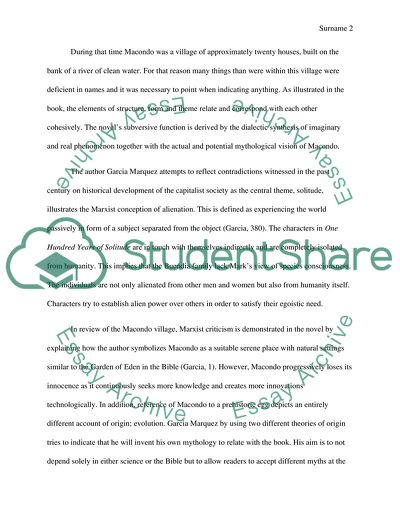Cite this document
(“Research paper draft 3 Example | Topics and Well Written Essays - 1750 words”, n.d.)
Retrieved from https://studentshare.org/english/1646847-research-paper-draft-3
Retrieved from https://studentshare.org/english/1646847-research-paper-draft-3
(Research Paper Draft 3 Example | Topics and Well Written Essays - 1750 Words)
https://studentshare.org/english/1646847-research-paper-draft-3.
https://studentshare.org/english/1646847-research-paper-draft-3.
“Research Paper Draft 3 Example | Topics and Well Written Essays - 1750 Words”, n.d. https://studentshare.org/english/1646847-research-paper-draft-3.


